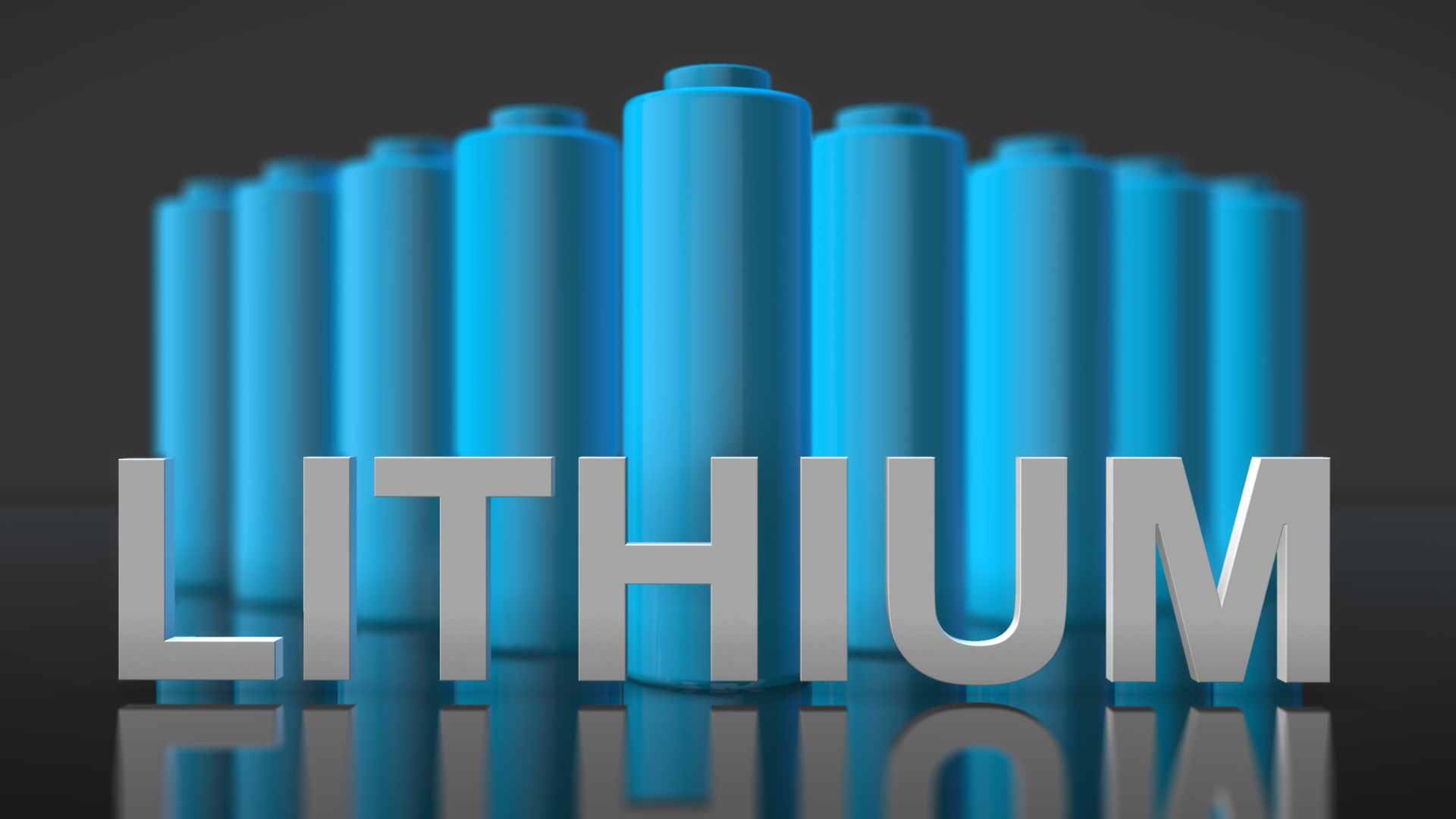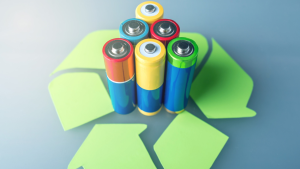![]()
Lithium Ion Battery Recycling Plants
As the global demand for lithium-ion batteries resumes to increase, driven by the increasing popularity of renewable energy storage systems and electric vehicles (EVs), the need for sustainable and efficient recycling solutions has become paramount. Lithium-ion batteries, while providing a clean energy source, pose environmental challenges due to the complexity of their composition and potential hazards associated with improper disposal. In this context, waste-to-energy (WtE) solutions emerge as a promising approach within lithium-ion battery recycling plants to address environmental concerns and harness the energy embedded in discarded batteries.
Challenges in Lithium-Ion Battery Recycling
Lithium-ion batteries have valuable metals like lithium, cobalt, nickel, and manganese. However, their recycling poses challenges due to the diverse materials used in battery construction, safety concerns, and the potential for hazardous chemical reactions during the recycling process. Traditional disposal methods, such as landfilling or incineration, contribute to environmental pollution and resource wastage. WtE solutions present an alternative path by leveraging the energy content of discarded batteries while mitigating environmental impacts.
Waste-to-Energy Technologies
a. Incineration:
Incineration involves the controlled burning of organic materials to produce energy. In the context of lithium-ion battery recycling, incineration can be applied to combust the organic components of the batteries, leaving behind valuable metals and other inert materials. The heat generated during incineration can be harnessed to produce electricity, contributing to the overall energy efficiency of the recycling process.
b. Pyrolysis:
Pyrolysis is a thermal decomposition process that engages heating materials without oxygen. Applied to lithium-ion batteries, pyrolysis can break down the complex organic components into simpler compounds and recover energy in the form of heat. This heat can then be used for electricity generation or to support other stages of the recycling process.
c. Gasification:
Gasification converts carbon-containing materials into a gaseous mixture of carbon monoxide, hydrogen, and methane. By applying gasification to lithium-ion batteries, organic components can be transformed into valuable syngas that can be utilised for energy production. This technology offers an efficient way to extract energy while minimising environmental impact.
Benefits of Waste-to-Energy Solutions in Battery Recycling
a. Energy Recovery:
WtE solutions enable the recovery of energy from lithium-ion batteries that would otherwise be wasted through conventional disposal methods. This recovered energy can offset the high energy input required for the recycling process, making the overall operation more sustainable.
b. Reduced Environmental Impact:
By incorporating WtE technologies, lithium-ion battery recycling plants can minimise the environmental impact associated with traditional disposal methods. Incineration, pyrolysis, and gasification can significantly reduce the volume of waste and mitigate the release of hazardous substances into the environment.
c. Resource Conservation:
Recovering valuable metals from lithium-ion batteries through WtE solutions contributes to resource conservation. The recycled metals can be reintegrated into the production of new batteries, reducing the dependence on mining and promoting a circular economy.
Challenges and Considerations
a. Safety Concerns:
Implementing WtE solutions in lithium-ion battery recycling requires stringent safety measures due to the potential release of toxic gases and volatile compounds. Advanced technologies and process controls are essential to ensure worker safety and environmental protection.
b. Technology Integration:
Integrating WtE technologies into existing battery recycling facilities may require significant investments and modifications. Careful planning and feasibility studies are crucial to optimise the integration process and achieve maximum efficiency.
c. Regulatory Compliance:
The implementation of waste-to-energy solutions must comply with local and international regulations to ensure environmental and public health standards are met. Collaboration with regulatory bodies is essential to navigate compliance requirements.
Conclusion
Waste-to-energy solutions offer a promising avenue for enhancing the sustainability of lithium-ion battery recycling plants. By recovering energy from discarded batteries and minimising environmental impact, these technologies contribute to the evolution of a more circular and environmentally responsible approach to battery production and disposal. As the need for lithium-ion batteries continues to rise, integrating waste-to-energy solutions represents an essential step towards achieving a resource-efficient and more sustainable energy storage ecosystem.




